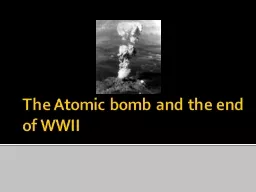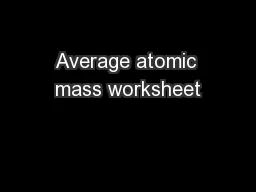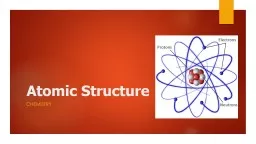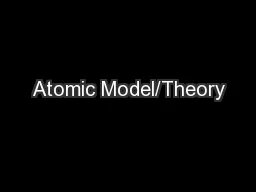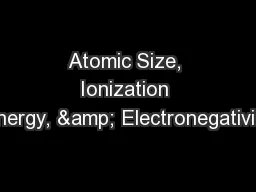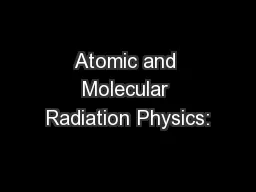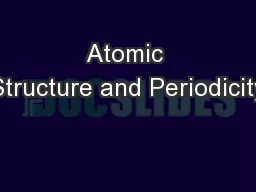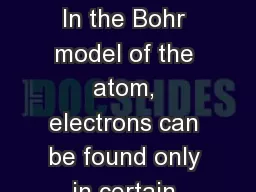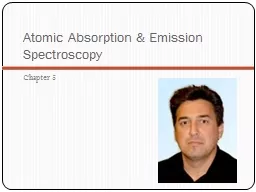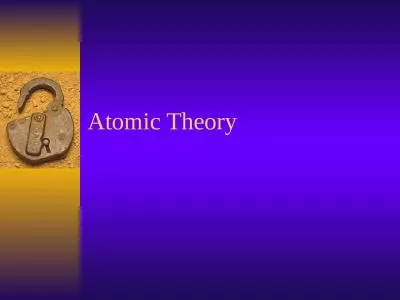PPT-Atomic model
Author : trish-goza | Published Date : 2017-08-21
Atom map Solvent mask F calcomit F maskomit F modelomit k total F calcomit k mask F maskomit Atom map omit Solvent mask omit F obs Atom map Solvent mask F diff
Presentation Embed Code
Download Presentation
Download Presentation The PPT/PDF document "Atomic model" is the property of its rightful owner. Permission is granted to download and print the materials on this website for personal, non-commercial use only, and to display it on your personal computer provided you do not modify the materials and that you retain all copyright notices contained in the materials. By downloading content from our website, you accept the terms of this agreement.
Atomic model: Transcript
Download Rules Of Document
"Atomic model"The content belongs to its owner. You may download and print it for personal use, without modification, and keep all copyright notices. By downloading, you agree to these terms.
Related Documents


